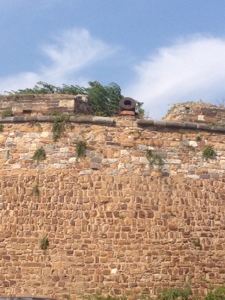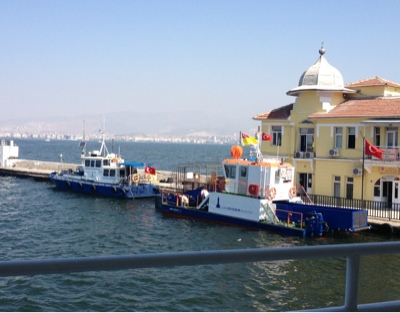Back to BleuVille to show you my French armour for the 1940 campaign. The original idea is to build the main French units for the battle of Stonne (14-25 may 1940), like the 3e DCR and the 3e DIM. The German counterparts are on the way too.
First picture are four companies of RF! CharB1bis.
A good part of the information about this battle came from the French magazine Champs de Bataille- Second Guerre Mondialle- Thématique Numéro 7, where you can find a detailed account of the battle and some nice colour plates of the weapons used.
The three rear companies are Matchbox while the one in the front is Altaya. All four companies have different camouflage schemes, the one to the left sporting the all-grey of late tanks.

The Hotchkiss H-39 are four Skytrex and (to the right) a company of the new S-Models, probably the best H-39 around.

Not presente at Stonne, a battalion of Somua S35. The four to the left are Heller, the fifth is Altaya and the last two (right) are Skytrex.

Father and sons went for a walk in the French countryside: far end, one R-40 (Frontline Wargaming); two R-35 (Skytrex) and the FCM-2C by Exokit/Alby.

The FCM-2C was the biggest tank of WWII but didn't see much combat (only its own destruction, mainly by Stukas while descending, veeeeery slooooowly from their trains...).
This model was ordered from a French shop already built and painted by a true unknown artist. I only exchanged the very thin copper antennae by fishing thread.

Old FT-17 from Matchbox (not present at Stonne) and from that marvellous box in which you get a CharB1bis, a FT-17 and even a nice diorama that I used for the Arnhem ruins. The command FT-17 (right) is a Skytrex model.

Recce: Panhard 178 (Skytrex and Altaya) and AMR-35 (Skytrex).

BleuVille itself ows its name to the blue agriculture fields around (yes, smoking those things is bad for my brain...). Its life started in a Chinese shop as an all resin, cheap, very crudely painted reading light.
After painting it becomes a 50 cm French village. Unfortunately it was an only son at that shop and never saw again any other I could buy.
Next: French infantry and artillery.


























